Rectilinear Exercise
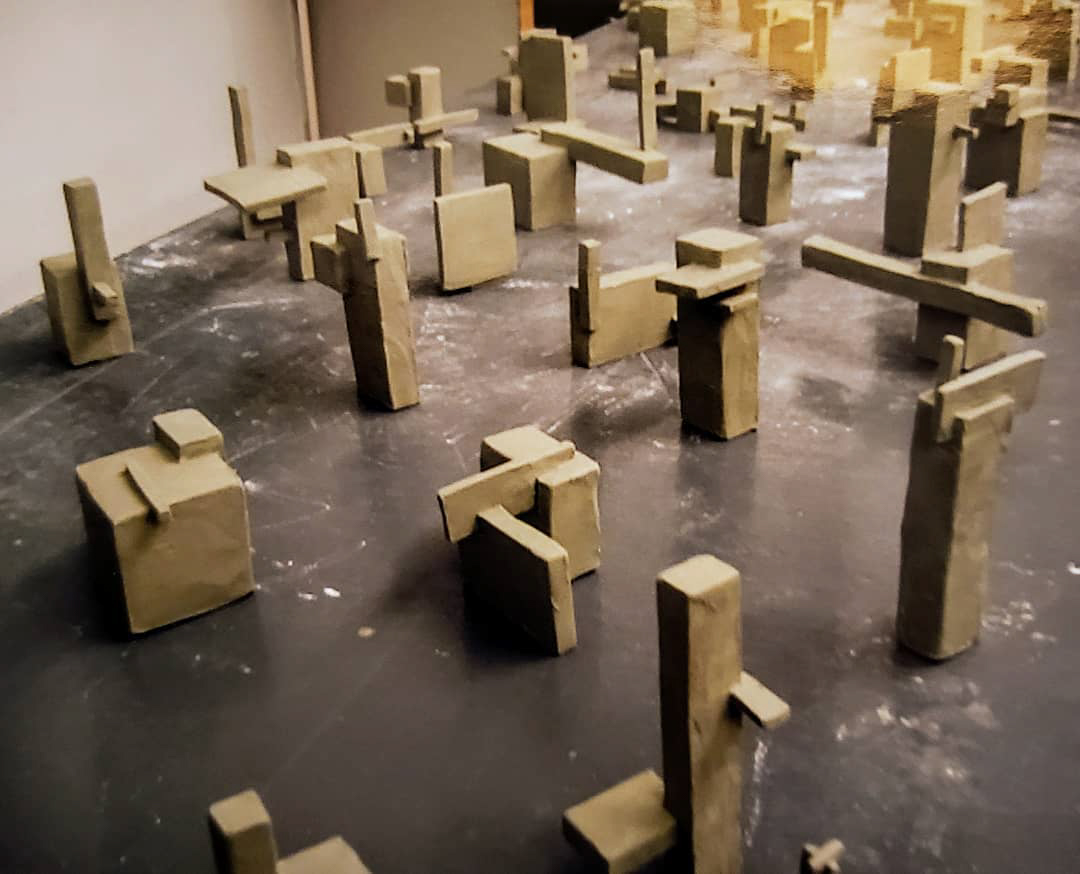
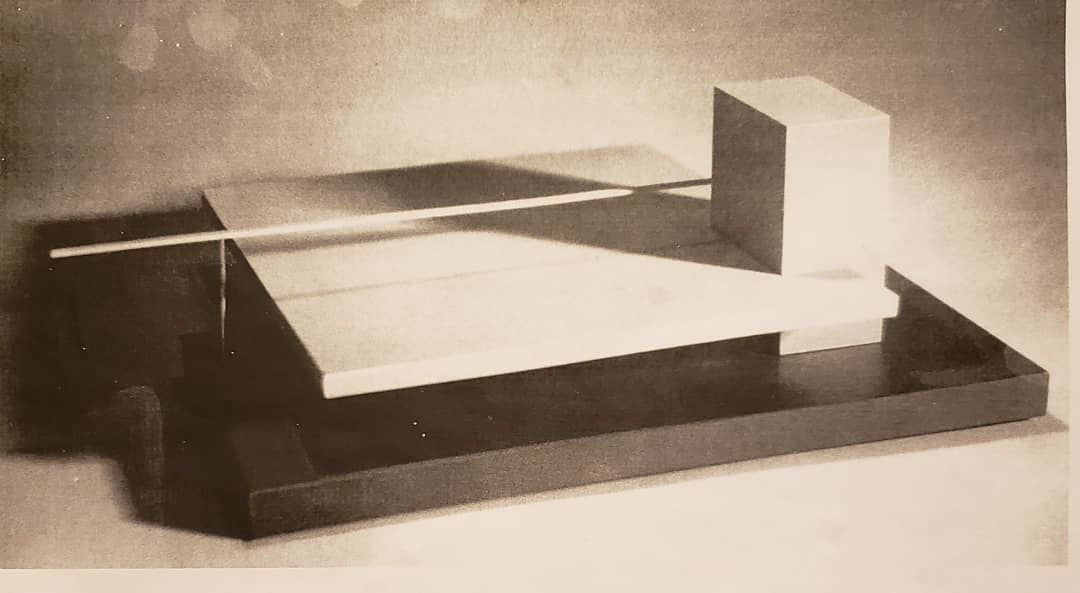
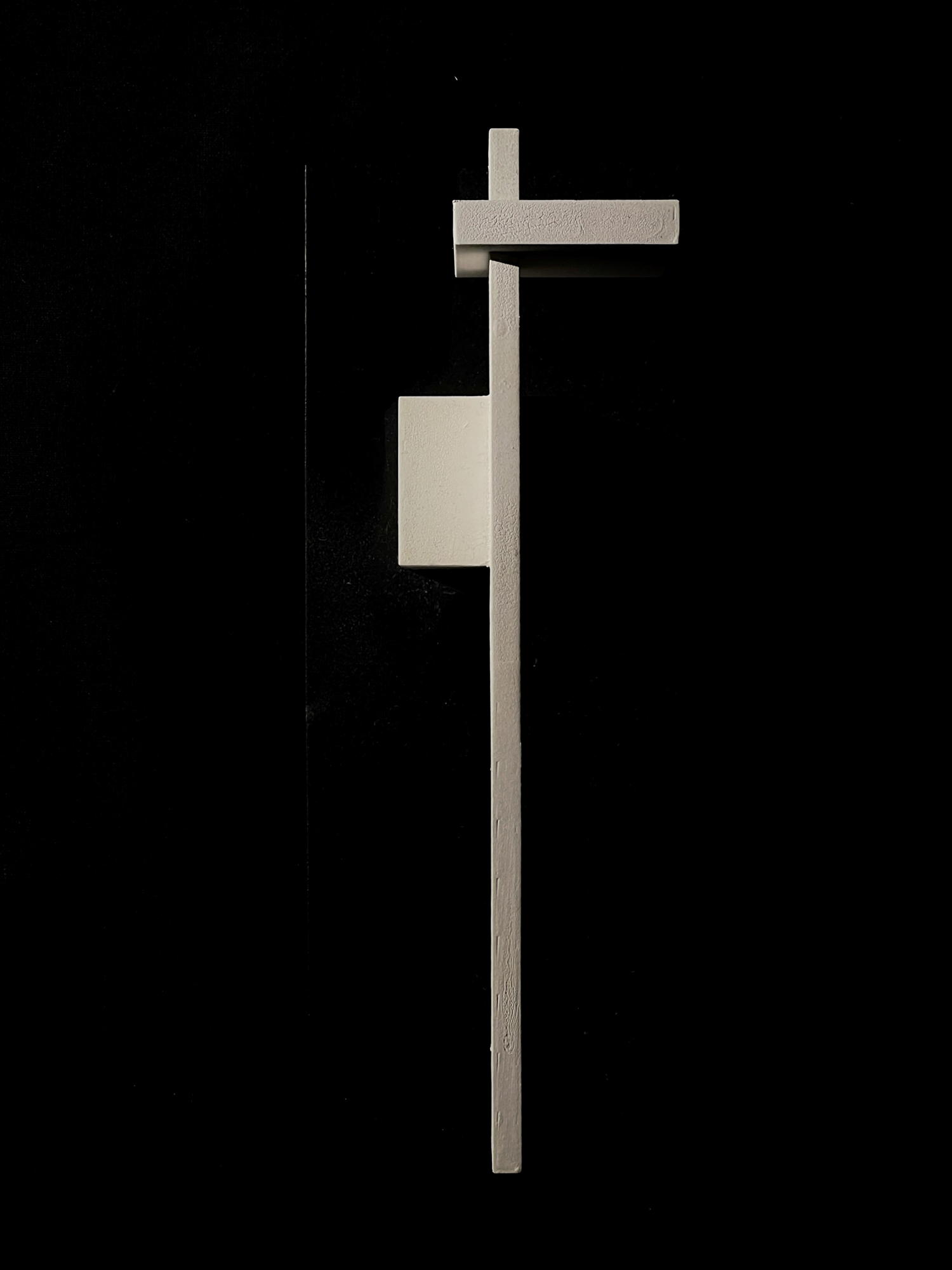
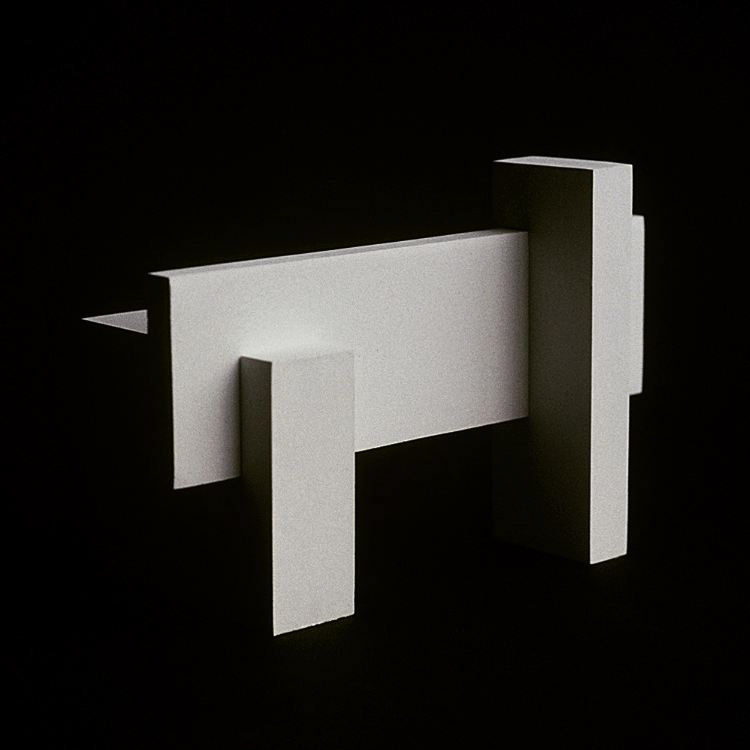
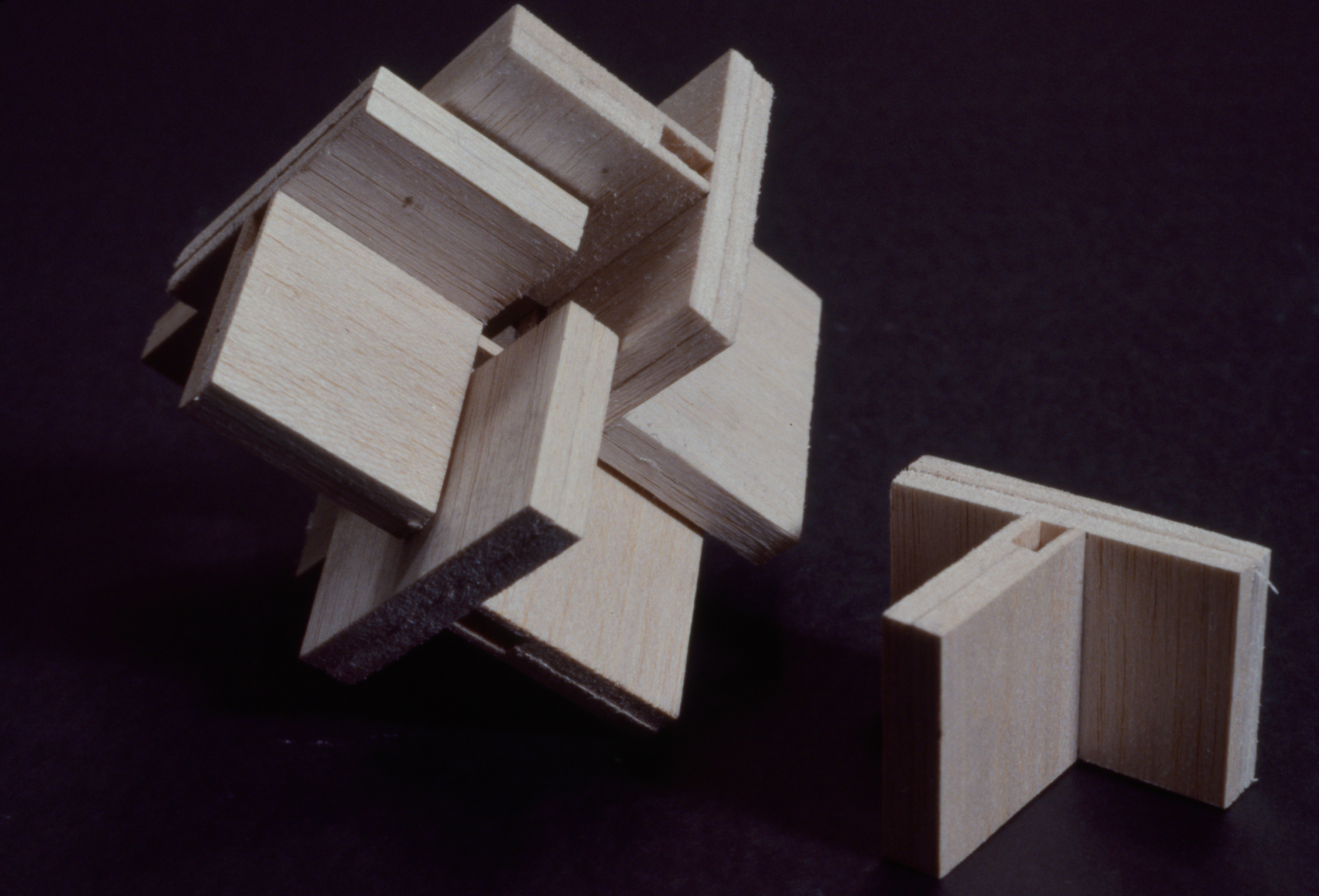
In the first Foundations exercise, students are asked to organize clay rectangular volumes into groups of three. The volumes should vary as much as possible. The volumes should be linear, planar and volumetric. One, a dominant volume, should be the largest and most engaging. The subdominant volume compliments the dominant. The third and smallest volume is called the subordinate. It should introduce a third axis, and make the form more three-dimensional. It should fill in what is missing from the dominant and subdominant volumes.